Knowledge center
Blog Home
Equilar Blog
NPR Planet Money on “Board Games” – A Look at Compensation

February 3, 2015
Activist Investors
The topic of CEO pay has once again made the news, this time through the medium of National Public Radio’s
This American Life. This particular episode, entitled “Board Games” – whose transcript is
available
here – recounted the attempts of two activist investors to reduce the compensation of one Richard Horowitz,
Chairman of the Board, President and Chief Executive Officer of P&F Industries, Inc.
(NASDAQ: PFIN). These two individuals –
Tim Stabosz and Andrew Shapiro – believed that Mr. Horowitz was receiving more pay than he deserved, thus cutting
into shareholder returns.
While the issue of how much an executive deserves, a topic of much debate between shareholders and compensation
committees alike, is a tricky one, it can be quantified to an extent through the practice of
benchmarking. For the unfamiliar, benchmarking
is a general descriptor for the process of comparing pay across companies with similar features, e.g. revenue, market
cap, industry.
This American Life asked Equilar to look at Mr. Horowitz’s pay as compared to public companies with revenues
of $35 MM to $200 MM and market caps of $7 MM to $120 MM, simplified below as “size.” P&F Industries itself is ascribed
a market cap of roughly $27.24 MM at the time of this writing and a revenue of $72.53 MM.
Furthermore, we were asked to compare P&F Industries to other members of the industrial goods sector. From them,
“Richard Horowitz’s pay ranked near the very top, in the top 7 percent. More than twice the average. Equilar also
looked at a smaller group of companies that, like P&F, are in what’s called the industrial goods sector…There were
13 companies in that group. The top-paid CEO was Richard Horowitz.”
Naturally, there are other factors present. In formulating executive pay, compensation committees also consider
how much each individual adds, company performance,
composition of pay and even founder status. One of the issues Mr. Stabosz and Mr. Shapiro took with P&F Industries’
decision-making process was that, while the firm had contracted an outside party to conduct a compensation study, the results
were less than available.
With initiatives like “Say on Pay” providing avenues for shareholders to chime in on an executive’s pay package, most
companies have invested in increasingly explanatory disclosure in their proxy statements to avoid such conflicts of
interest. Clearer disclosure, after all, leads to better-informed shareholders, and a well-informed shareholder is
far more likely to approve of a board’s decisions.
 Solutions
Solutions







